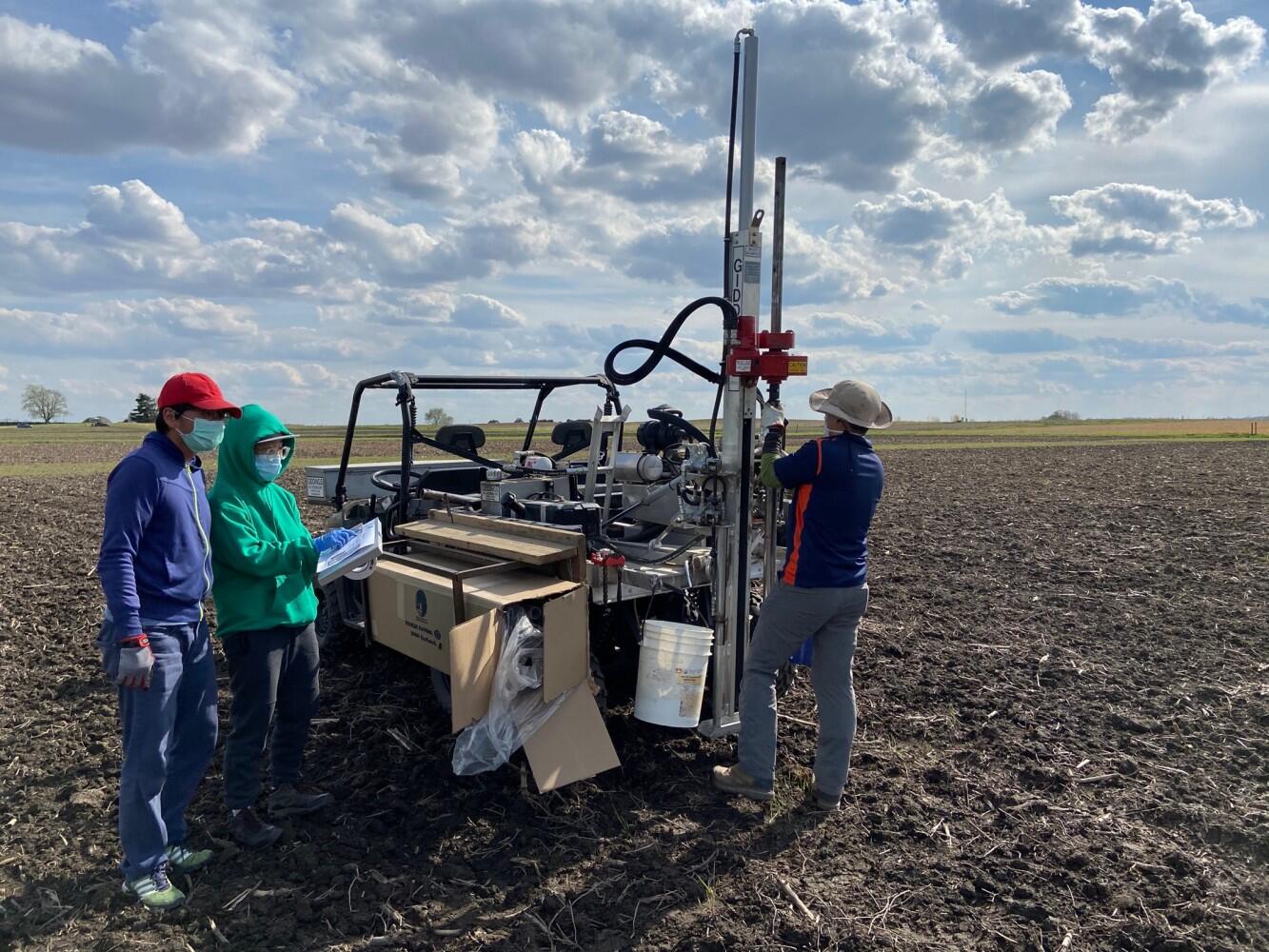New modeling solution sets bar for quantifying carbon budget and credit

URBANA, Ill. -- Carbon is everywhere. It’s in the atmosphere, in the oceans, in the soil, in our food, in our bodies. As the backbone of all organic molecules that make up life, carbon is a very accurate predictor of crop yields. And soil is the largest carbon pool on earth, playing an important role in keeping our climate stable.
As such, computational models that track carbon as it cycles through an agroecosystem have massive untapped potential to advance the field of precision agriculture, increasing crop yields and informing sustainable farming practices.
“Although modeling the carbon cycle in agroecosystems has been done before, our work represents the most comprehensive integration of models and observations, as well as rigorous validation that includes rich measurements from both field and regional scales. The modeling performance of our solution (published this month in Agriculture and Forest Meteorology) far surpasses prior studies,” said Kaiyu Guan, an Associate Professor of Natural Resources & Environmental Sciences at the University of Illinois Urbana-Champaign. Guan is also a Blue Waters Associate Professor at the National Center for Supercomputing Applications (NCSA) and Founding Director of the Agroecosystem Sustainability Center created by the College of Agricultural, Consumer and Environmental Sciences and the Institute for Sustainability, Energy, and Environment (iSEE).
Read the full story from iSEE.